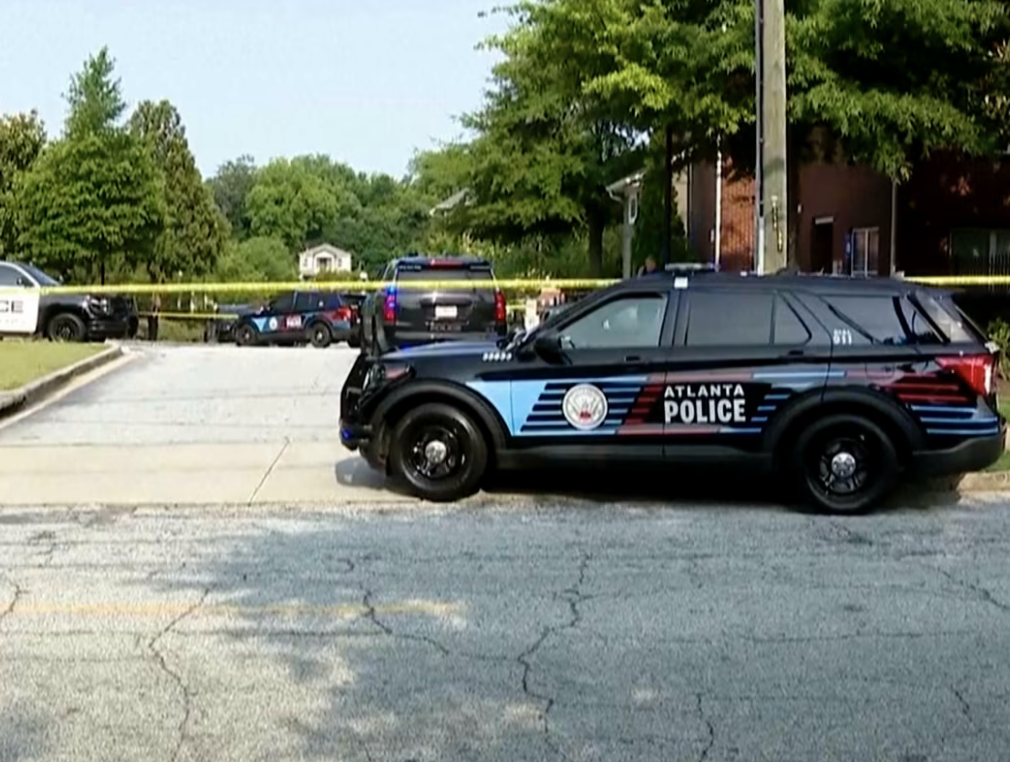By: Robert L. Woodson Sr. – wsj.com – August 6, 2025
The racial narrative leads major news organizations to ignore a violent attack on two white people.
When a mob violently attacked two people in downtown Cincinnati last week, video of the beat-down spread across social media. But not a single major television network covered the story. It didn’t fit the mainstream media’s narrative about racial violence in America. The victims were white, and as of Wednesday police had arrested six black suspects for their alleged roles in the public pummeling.
Consider the tragic case of Ariana Delane, the 4-year-old niece of George Floyd, who was shot and wounded while sleeping beside her grandmother as gunfire hit their apartment. Despite the horror of her story, it received nowhere near the national attention that followed her uncle’s death. Both the girl and Floyd deserved to live in peace, yet there is national outrage when a black man is killed at the hands of police but silence when black children are the collateral victims of the senseless violence plaguing our cities every day.
During a 2018 spike in violent incidents against Asian-Americans, journalists mostly ignored that blacks were the most frequent perpetrators. The truth would have broken the media’s worldview that black Americans are always innocent victims.
This racial gerrymandering of the facts mirrors the very injustices the media claim to hate in American history. In the Jim Crow South, if a black man committed an offense against another black man, he would face few consequences, if any—especially if the perpetrator worked for an influential white figure. Meanwhile, a black man who allegedly harmed a white person would face swift and brutal retribution. One hundred years later, we have flipped the script.
We teach our children that to be black is to be permanently victimized and that to be white is to be perpetually guilty.
Americans should renounce any schema in which one race is guilty and another innocent. That is the path to national ruin. Only if we disregard race in how we judge one another will we be able to address the real crisis in society: the spiritual and moral free-fall given to us by identity politics.
As the mainstream media chatters about systemic racism, our young people are dying of bullets, drugs, and despair. Atlanta saw 47 people shot and five killed over four days in July. Homicide and suicide are leading causes of death for 15- to 19-year-olds, and teen drug overdose deaths are still way up from before the pandemic. When our young are bombarded with claims that they live in a fundamentally racist society and that they are powerless pawns of systemic forces beyond their control, how can we expect them to have hope, to believe in moral agency, to work with others with grace and compassion toward a better world?
We need to question assumptions we made decades ago about how to help black Americans. One of the promises of the civil-rights movement was that if blacks could direct the institutions of local government, the conditions of blacks would improve. Sixty years of black leadership in cities and some $20 trillion in spending has resulted in utter devastation for many low-income blacks and prosperity for only a few others.
The income gap between blacks and whites is far narrower than that between low- and upper-income blacks. There are more than 1.7 million black millionaires in the U.S. and a record number of blacks with college degrees. If injustice and systemic racism are keeping black Americans down, why are so many blacks succeeding?
Black America must be the agent of its own uplift. We need more mentors. More truth-tellers. More builders. We need a new generation with the moral courage to call out hypocrisy—whether it wears a suit or holds a sign. We need to stop fighting over who hurts more, and start fighting for what heals best.
To see this article in its entirety and to subscribe to others like it, please choose to read more.
 Listen Online
Listen Online Watch Online
Watch Online Find a Station in Your Area
Find a Station in Your Area








 Listen Now
Listen Now Watch Online
Watch Online
